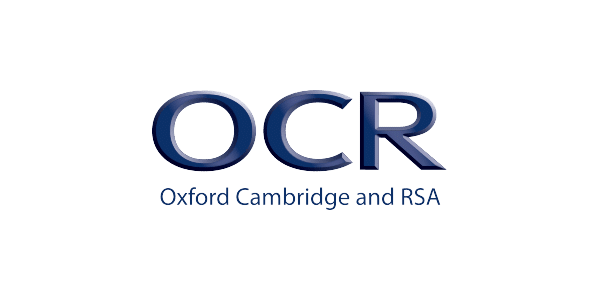GCSE Combined Science Past Papers
Access all the relevant GCSE Combined Science past papers for the major exam boards including AQA, Edexcel, OCR and iGCSE boards by year, along with the corresponding mark schemes. Past papers from GCSE Combined Science specifications that are no longer in use can still be useful, but ensure you select the topics and question types that are still relevant to your exam boards specification.

Edexcel
- GCSE Combined Science Past Papers
- GCSE Topic Wise Past Papers
- Predicted Papers 2024

AQA
- GCSE Combined Science Past Papers
- GCSE Topic Wise Past Papers
- Predicted Papers 2024

OCR
- GCSE Combined Science Past Papers
- GCSE Topic Wise Past Papers
- Predicted Papers 2024

iGCSE
- iGCSE Combined Science Past Papers
- GCSE Topic Wise Past Papers
- Predicted Papers 2024
GCSE Combined Science Practice Top Tips
1. Know Your Specification
Familiarize yourself thoroughly with the GCSE Combined Science specification provided by your exam board. Understand the topics and subtopics that are covered in the exam, as well as the depth of knowledge required for each.
2. Regular Practice
Consistent practice is key to success in GCSE Combined Science. Set aside dedicated time for practicing past papers, sample questions, and revision exercises. This will help you become familiar with the format of the exam and improve your ability to apply your knowledge to different question types.
3. Review and Learn from Mistakes
After completing practice papers, carefully review your answers and identify any mistakes you made. Understand why you made those mistakes and learn from them. This will help you avoid making similar errors in the actual exam.
4. Focus on Application
GCSE Combined Science is not just about memorizing facts; it's also about applying your understanding to real-world scenarios. Practice answering questions that require you to apply your knowledge to unfamiliar situations, experimental data, or case studies.
5. Understand Command Words
Pay attention to the command words used in exam questions (e.g., define, describe, explain, compare). Understand what each command word requires you to do, and structure your answers accordingly. Practice answering questions using the appropriate command words to ensure you fulfill the requirements of each question.
What is GCSE Combined Science?
GCSE Combined Science is a qualification in the UK, typically taken by students aged 14-16 (Key Stage 4). It covers aspects of biology, chemistry, and physics, combining them into one qualification.
Typically, there are six exam papers for GCSE Combined Science: two for biology, two for chemistry, and two for physics.
The exam papers usually consist of a combination of multiple-choice questions, structured questions, and extended response questions. They may also include practical-based questions.
The topics covered include various aspects of biology (e.g., cells, genetics, ecosystems), chemistry (e.g., atomic structure, chemical reactions, organic chemistry), and physics (e.g., forces, energy, electricity).
The duration of each exam paper can vary, but typically they are around 1 hour and 15 minutes to 1 hour and 45 minutes each.
Yes, calculators are usually allowed for some parts of the exam, particularly in the physics and chemistry papers where numerical calculations may be required.
The exams are graded on a scale from 9 to 1, with 9 being the highest grade and 1 being the lowest. Grades 9-4 are equivalent to the old A*-C grades, while grades 3-1 are equivalent to D-G.
Students usually take the exams at the end of their two-year GCSE course, which is typically in Year 11 (age 15-16).
Yes, practical work is an integral part of the GCSE Combined Science course. Students are required to complete a series of practical activities throughout their course, and their practical skills are assessed both within the written exams and through separate practical assessments conducted in school.
Past exam papers and mark schemes are usually available on the website of the relevant exam board, such as AQA, Edexcel, or OCR. They may also be available through your school or educational institution.

